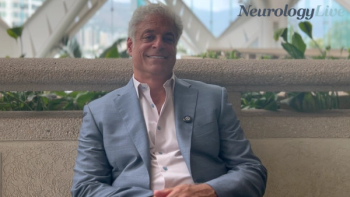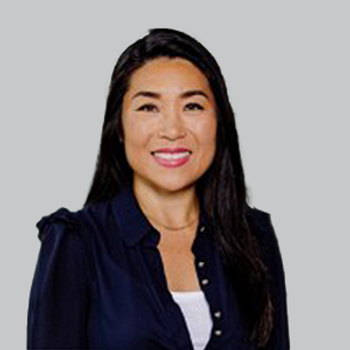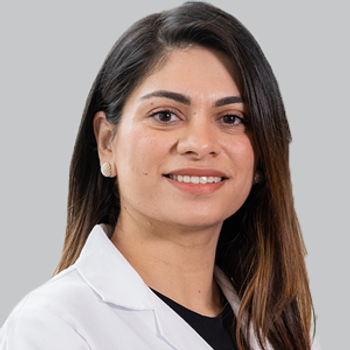
Growing Multiple Sclerosis Treatment Knowledge: Luc Truyen, MD, PhD
The global head of Development and External Affairs-Neuroscience at Janssen Pharmaceutical detailed the areas research has grown in MS and areas that still need more examination.
"I don’t think we have enough data on hand to start tailoring specific regimens for specific subsets in an emerging field where all is not created equal.”
The multiple sclerosis (MS) community has benefitted over the last few years from an influx of FDA-approved therapeutic treatment options, as well as a better growing understanding of how to diagnose the disease and which mechanisms needed to target. New treatments have helped reduce the long-term disability of the disease, but there still remains no cure or clear ways to prevent the disease from developing.
There are currently about 2.8 million individuals worldwide that live with MS, making it the leading cause of nontraumatic neurological disability. Additionally, there are a number of different types of MS, each with differing timetables of disease progression. While our knowledge of the disease has certainly grown, there are areas that still need further examination, according to Luc Truyen, MD, PhD.
Ahead of the
For more coverage of ACTRIMS 2021,
Newsletter
Keep your finger on the pulse of neurology—subscribe to NeurologyLive for expert interviews, new data, and breakthrough treatment updates.



































